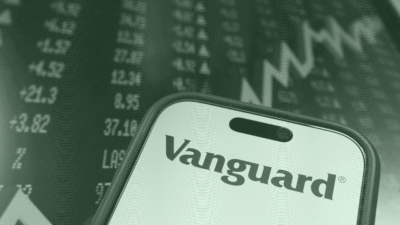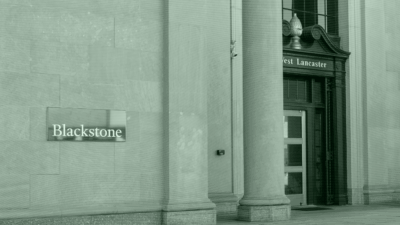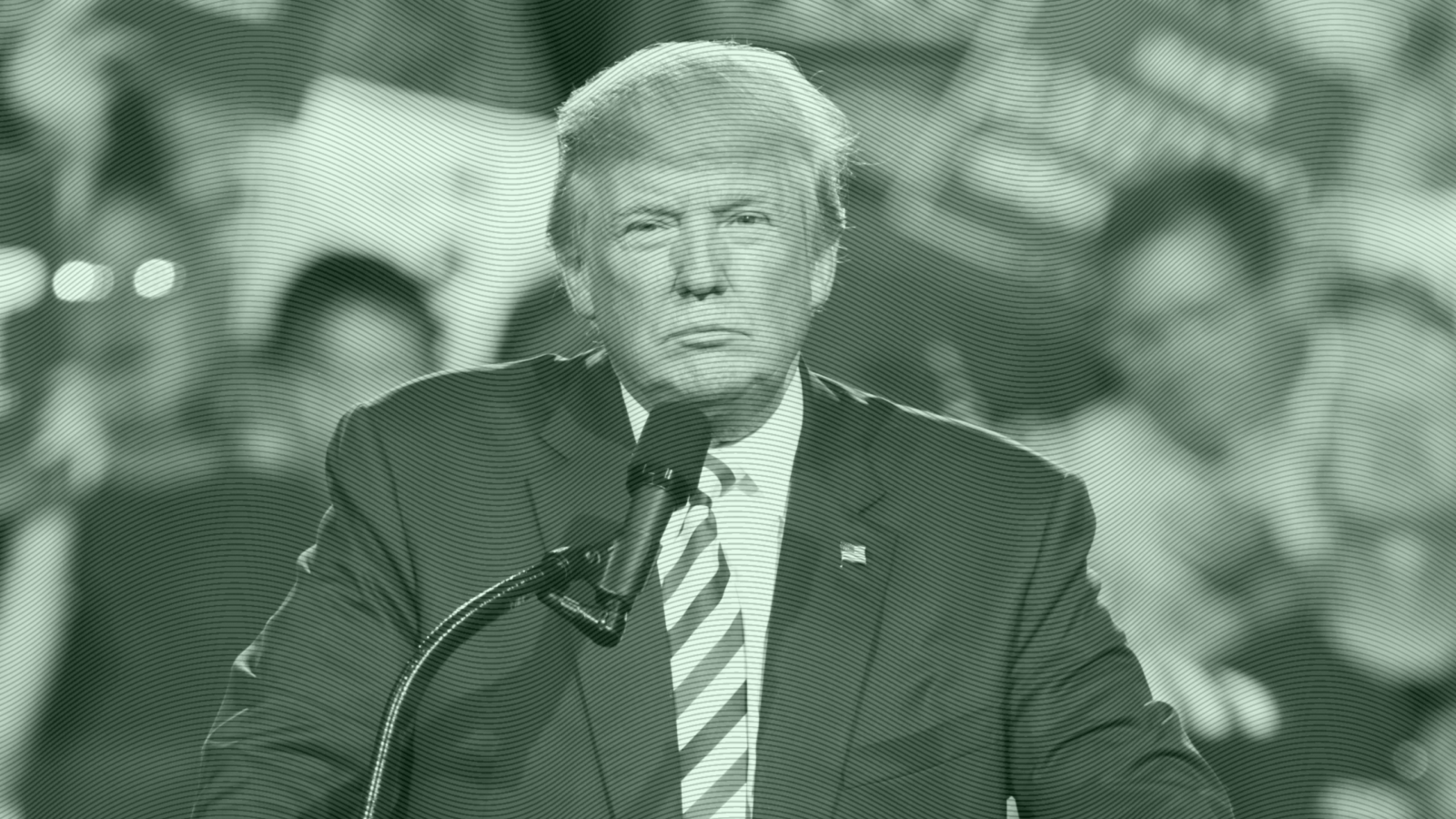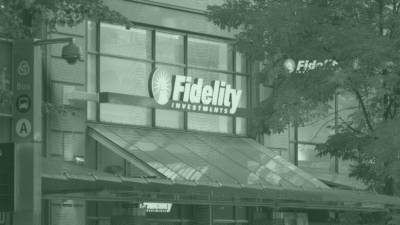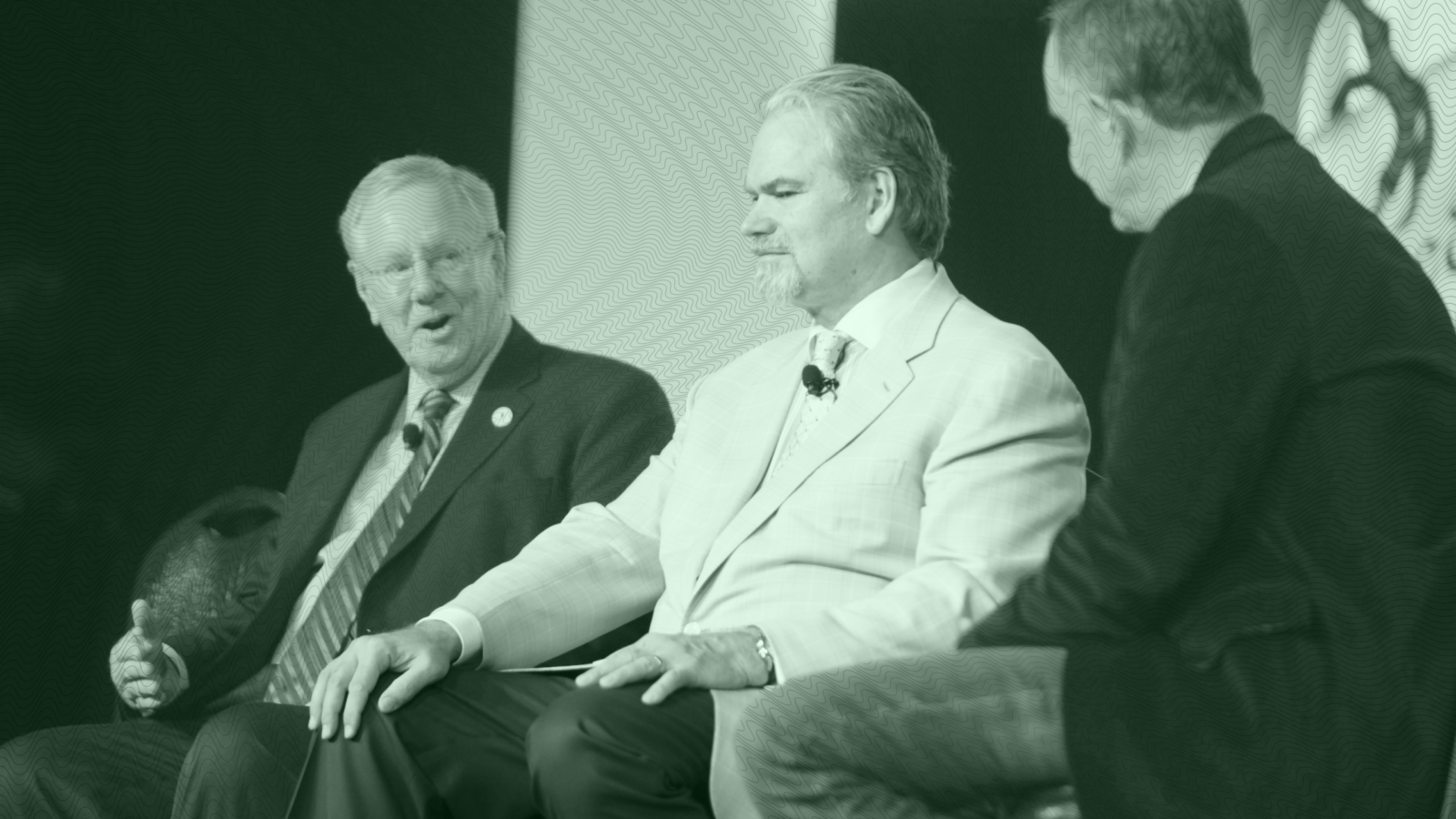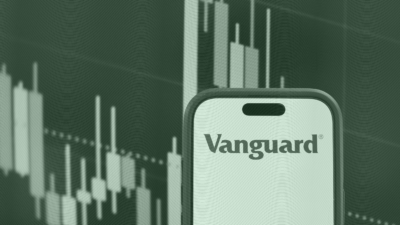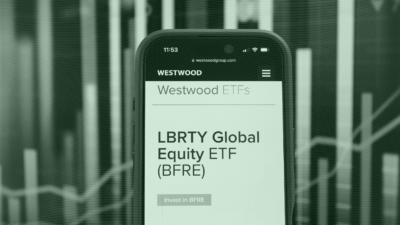Advisors Weigh In on Fixed Income in Turbulent Markets
As stocks pull back on macroeconomic fears, the bond market presents pockets of opportunity.

Sign up for market insights, wealth management practice essentials and industry updates.
Volatility in the stock market is certainly a vibe in 2025.
The tail end of a strong bull market run for stocks coupled with the threat of a potential global trade war following the Trump administration’s expanding tariff policies has sent nervous investors heading for the hills. The almost 5% drop by the S&P 500 Index during the first quarter marked the worst year-opening pullback in five years. Now, financial advisors are refocusing on the fixed income side of investor portfolios as a source of stability and ballast.
In fact, the direction of money flowing into fixed income funds shows a sharp response from investors — despite the calls from advisors for calm and a focus on long-term investment strategies. Through the first three months of the year, fixed income ETFs accounted for 34% of money flowing into US ETFs. That’s despite those funds accounting for just 18% of all US ETF assets, according to Aniket Ullal, head of ETF research and analytics at CFRA. In March, investment-grade bond ETFs accounted for 95% of bond ETF inflows.
“This is clearly indicating a flight to safety,” Ullal said. “There has also been a clear rotation into short-duration and ultra-short-duration bond ETFs.”
Take One for the TIPS
The simultaneous stock market decline and flood of money into bonds is crystal clear in the yield on the benchmark 10-year Treasury bond, which fell below 4% during the first week of April, down from a 2025 peak of 4.8% in early January.
Investing in this environment involves accepting the possibility of a wide range of scenarios, said Callie Cox, chief market strategist at Ritholtz Wealth Management. “On one hand, there are real risks emerging to the US economy and on the other hand, there are also reasons to believe that price growth could accelerate in the months ahead,” she said. “Fixed income isn’t as attractive when prices are rising quickly, but it’s often your beacon of safety when growth is slowing.”
In addition to suggesting being “nimble on the fixed income side,” Cox advises “leaning toward quality, but aim for an all-weather approach” that allows clients to take advantage of higher rates and any possible changes in inflation trends. “Long-term Treasurys are the classic hedge against economic downturns,” she said. “We are in a moment where inflation expectations are falling, so growth worries are taking center stage, but I still think it’s smart to keep some TIPS on hand given how quickly conditions and policies are changing these days.”
Hey, Go Long
Ron Piccinini, head of investment research at Amplify, said the year opened with concerns about the yield on the 10-year Treasury bond wreaking havoc on the public’s wealth, if it stayed around these levels. “The Fed doesn’t have direct control over the 10-year rate, and the last rate cut did result in the 10-year yield going up, instead of down,” he said. “The policymakers can only try to impact the 10-year in indirect ways such as spending cuts.”
Because the timing of yield movements is difficult to predict, Piccinini recommends “implementing serious risk-management features that favor the shorter end of the yield curve.” In terms of a specific strategy, he recommends up to a 25% allocation to gold, which has been on a strong run. The SPDR Gold Shares ETF (GLD) gained more than 17% during the first quarter, following a 27% climb in 2024, which beat the S&P 500 by two percentage points.
Another Piccinini strategy is to go long 90% US Treasuries and 10% options on the SPDR S&P 500 ETF Trust (SPY). “This combination can yield roughly 65% of the upside of the S&P with no downside in nominal terms if held until December 2027,” he said. “We like this type of strategy because you limit your downside ahead of time.”
We’re Gonna Make It, Maybe
Rising volatility notwithstanding, Michael Rosen, CIO of Angeles Investments, refuses to get caught up in the noise and market fears.
“For the past three years, economists have called for a recession that hasn’t materialized,” he said. “Wages are growing, corporate profits are growing, household and corporate balance sheets are de-levered, net worth is at record highs, all of which sustain economic growth.”
Meanwhile, Rosen said the “biggest risk to the economy is a major policy mistake, such as deporting millions of workers or imposing wide, permanent and high tariffs.” In terms of fixed income allocations in the current environment, Rosen said, clients could benefit from the higher-rated parts of the credit markets, collateralized loan obligations and asset-backed securities, for example, where 100 basis points of additional yield can be gained, while only taking on minimal, marginal risk. “Hold sufficient liquidity in cash to take advantage of the greater volatility ahead,” he added.
JoAnne Bianco, senior investment strategist at BondBloxx Investment Management, is also in the camp that believes corporations are on steady ground and that investors should not overreact to recent news events. “Companies are still in a strong position and they can handle some softness without it being a disaster,” she said. “There could be opportunities to buy investment-grade or high-yield corporates on weakness.”
Bianco added that, beyond the “high-flying tech stocks,” corporate bonds still have value because they are still strong from a fundamental starting point.”
You’re My Rock. Along those lines, Benjamin Muchler, president of Boston Research & Management, is a “strong advocate of owning individual bonds, as opposed to bundled products.”
“At this unique stage with rates and spreads still attractive, a ladder of high-quality corporate and municipal bonds allows investors to lock in current yields and build in price appreciation if rates decline,” he said. “We’ve extended the duration to seven or eight years but I don’t suggest going beyond that.”
As Cox of Ritholtz explained, it ultimately comes down to believing in the investment strategy that made sense when markets were calmer and sticking with it in times of turbulence. “On the whole, we view fixed income as the behavioral anchor for our clients,” she said. “Build wealth through risk-taking, but allow bonds to cushion your portfolio and help you stay invested.”

